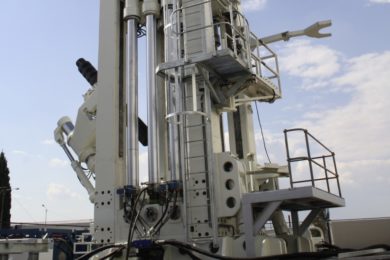As International Mining completes the safety feature for its July issue, the ICMM announces the publication of the brochure Leadership Matters: The Elimination of Fatalities. This document provides a guide for senior leaders to prevent fatalities – both through their personal actions and through the processes and activities they should ensure are in place. The Senior Leader is ultimately responsible for providing the leadership, systems and processes for the prevention of fatalities. The actions of Senior Leaders are fundamental to the elimination of fatalities. Strong and consistent leadership that demonstrates – every day – a continuous commitment to safe and fatality free production will drive us to zero fatalities.
Available in both English and Spanish, the document includes a series of checklists for senior managers that can help them:
- Live the vision of zero fatalities
- Focus on high potential events
- Recognise fallibility.
The actions of senior leaders are fundamental to the elimination of fatalities. Strong and consistent leadership that demonstrates – every day – a continuous commitment to safe and fatality free production will drive the industry to zero fatalities. This is the goal of ICMM’s Health and Safety Work Program. Investigations of fatal incidents around the world have demonstrated that in order to achieve safe and fatality free production the following elements are essential:
- Maintaining a sense of vulnerability – complacency built on past success blinds us to warning signs
- Ensuring continuous improvement in environment, equipment, strategy and systems
- Applying the hierarchy of controls – eliminate the risk and reduce the chance of human error
- Increasing the focus on high potential near fatal events
- Recognising the personal – fatal accidents are not just statistics
- Maintaining operating disciplines – combating the gradual shift to unsafe behaviours
- Maintaining alertness to increased and unexpected risks during abnormal operating conditions
- Addressing culture and leadership through objective assessment and, where required, improvement plans
- Providing courageous leadership in leading change and holding each individual in the business accountable for safe and fatality free production.









